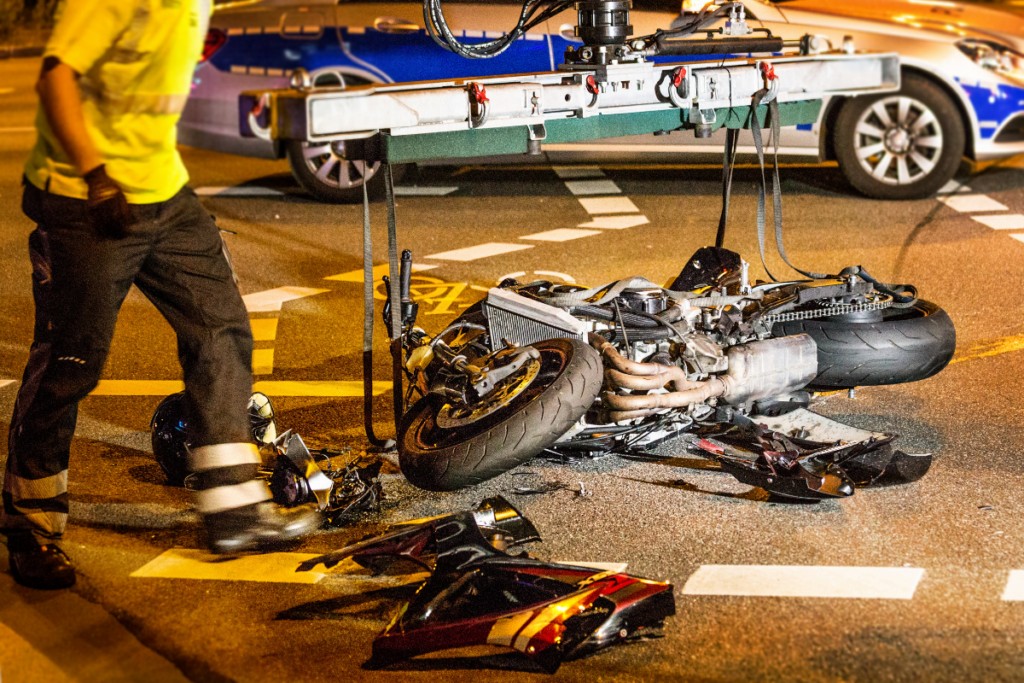
Motorcycle accidents can be scary and life-changing. Riders often suffer serious injuries, and many times, it’s not even their fault. When this happens, substantial evidence can help prove who caused the crash and what damage was done. Without the proper evidence, winning your case or getting fair money for your injuries becomes harder.
In the United States, motorcycles comprise only 3.5% of all registered vehicles, yet riders account for 14% of all traffic deaths. In many cases, drivers of cars or trucks fail to see motorcycles, leading to serious accidents. That’s why, if you or someone you know has been hurt in a crash, it’s essential to gather the proper evidence and look for motorcycle accident attorneys who understand how to build a strong case.
Police Reports
One of the most essential pieces of evidence in a motorcycle accident case is the police report. When officers arrive at the scene, they write down what they see, who was involved, and how the accident might have happened. The report may also say who the officer believes was at fault. This official record is often the first thing lawyers and insurance companies look at when deciding what to do next.
Photos and Videos
Pictures and videos from the crash scene can show what happened better than words. Take photos of your motorcycle, the other vehicle, the road, and any injuries, if possible. Look for cameras nearby, too.
Traffic, business security footage, or even helmet or dash cams can give a clear view of the accident. These visuals help show how the crash happened and how bad the damage was.
Witness Statements
People who saw the accident can be very helpful. They have nothing to gain, so their stories are often trusted. Ask for their names and phone numbers at the scene if you can.
Your lawyer can talk to them later and ask questions. Witnesses can help prove who was at fault and how fast the vehicles were going.
Medical Records
Right after an accident, it’s essential to see a doctor. Even if you don’t feel hurt right away, some injuries take time to show. Medical records help show that the accident caused your injuries.
They also show how bad the injuries are and what kind of care you need. Keeping all your doctor visits, tests, and prescriptions in one place makes it easier to show how the crash affected your life.
Expert Testimony
Sometimes, your lawyer may bring in experts to explain parts of your case. For example, an accident expert can look at photos, police reports, and vehicle damage to show how the crash happened.
A doctor might explain how your injury will affect you in the future. These expert voices can help judges and insurance companies understand your case better.
Motorcycle Maintenance and Gear
Your motorcycle’s repair and maintenance records can also help your case. They show that your bike was in good working condition.
If the other side tries to say the crash was your fault because of a problem with your bike, these records can prove otherwise. Also, showing that you wore a helmet and other safety gear shows you were riding safely and trying to protect yourself.
Cell Phone and GPS Data
Cell phone and GPS records can show where someone was and what they did during the crash. For example, if the other driver was texting or using their phone, it may help prove they were distracted. GPS can show the speed and direction of travel. These digital details can make a big difference in a case.
Financial Records
Keep all your receipts and bills related to the accident. This includes hospital bills, medicine, therapy sessions, repair costs, and even lost wages if you can’t go to work. These records show how the accident has hurt you, not just physically but financially, too.
Conclusion
Having strong evidence can make your motorcycle accident case much stronger. From police reports to pictures, witnesses, and doctor records, each piece plays an important role. When put together, they help tell the whole story of what happened and why you deserve fair treatment.





